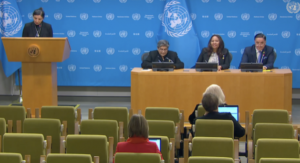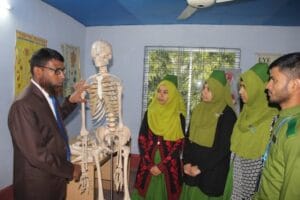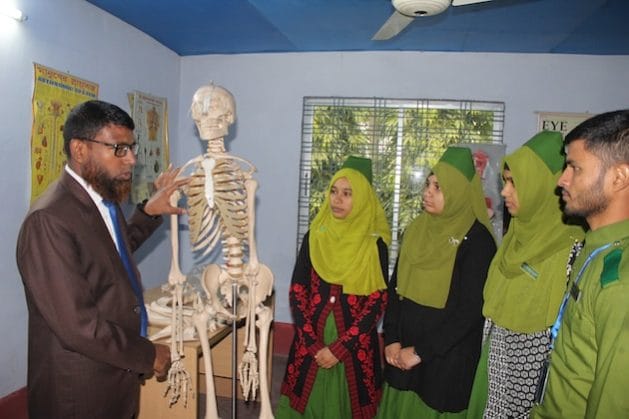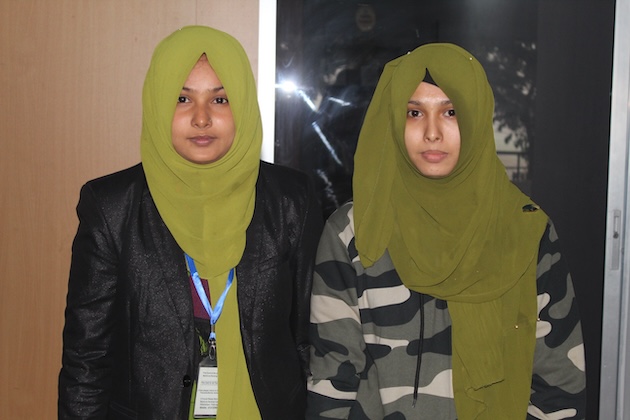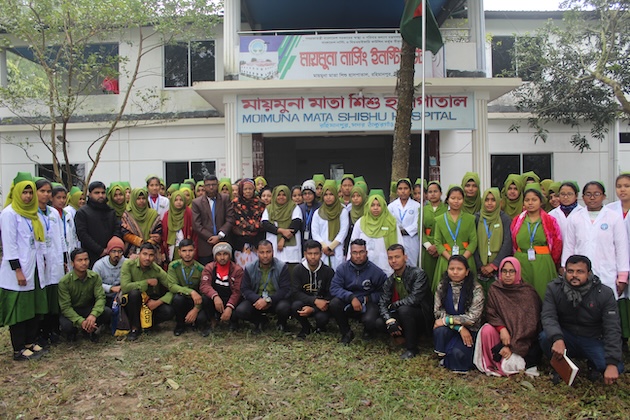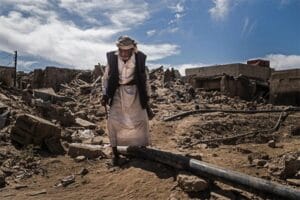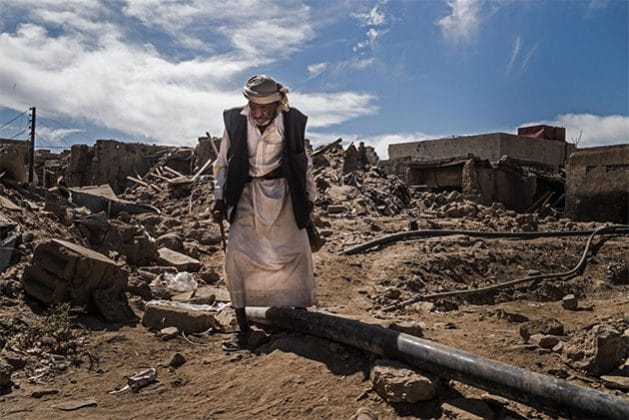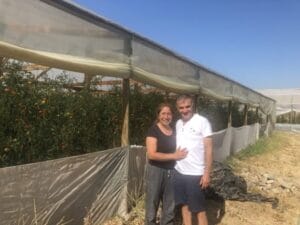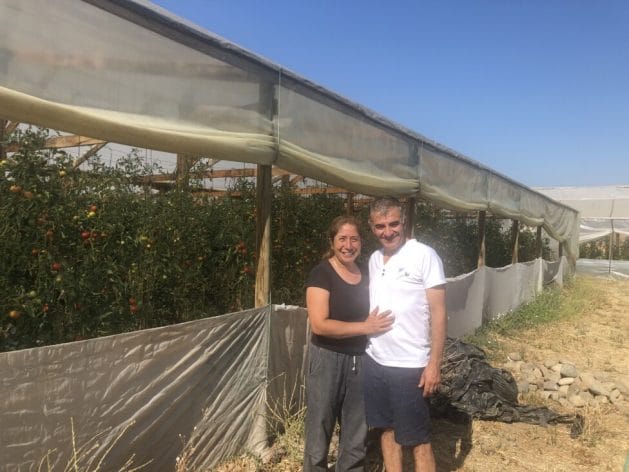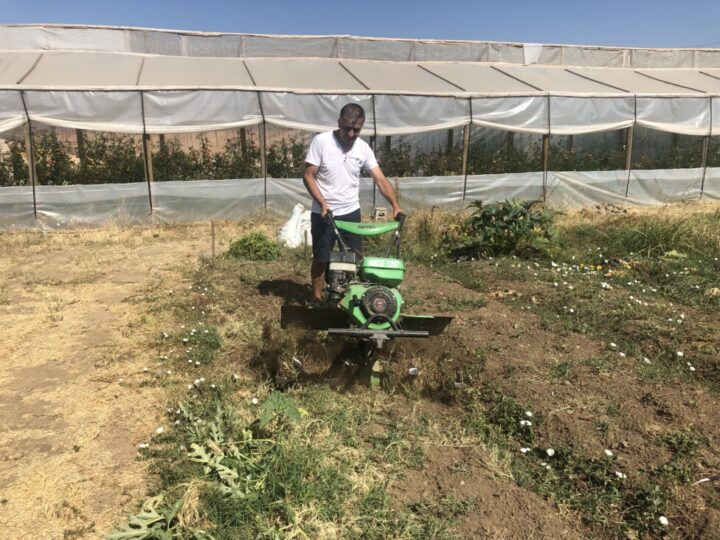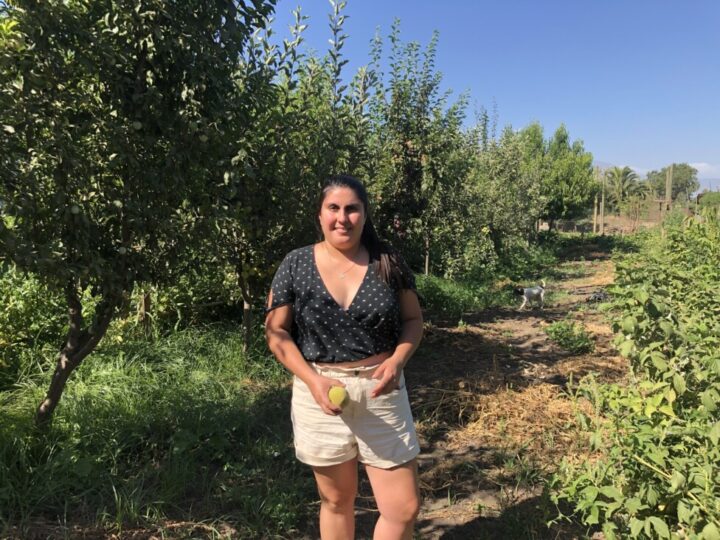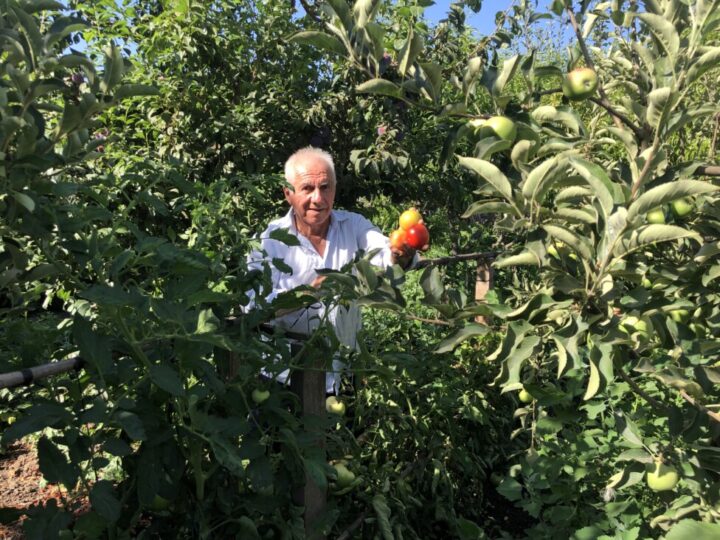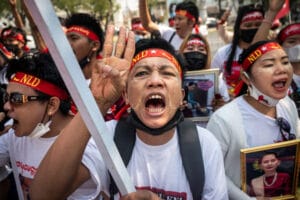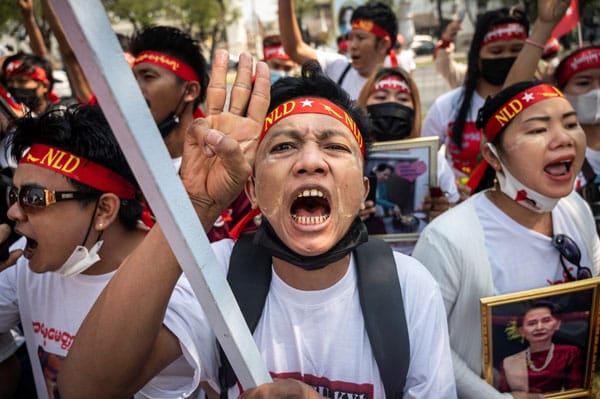
While a father-son relationship sounds like there can only be so much to a traditionally awkward dynamic, films have made it clear that there’s so much more to it than we can comprehend. From being supportive to strict to protective to friendly, a dad’s love for his son shape-shifts into all these based on the requirement. In this list, we bring you father-son movies that transcend their roles and, in the process, uplift the dynamic.
16. Father of the Year (2018)
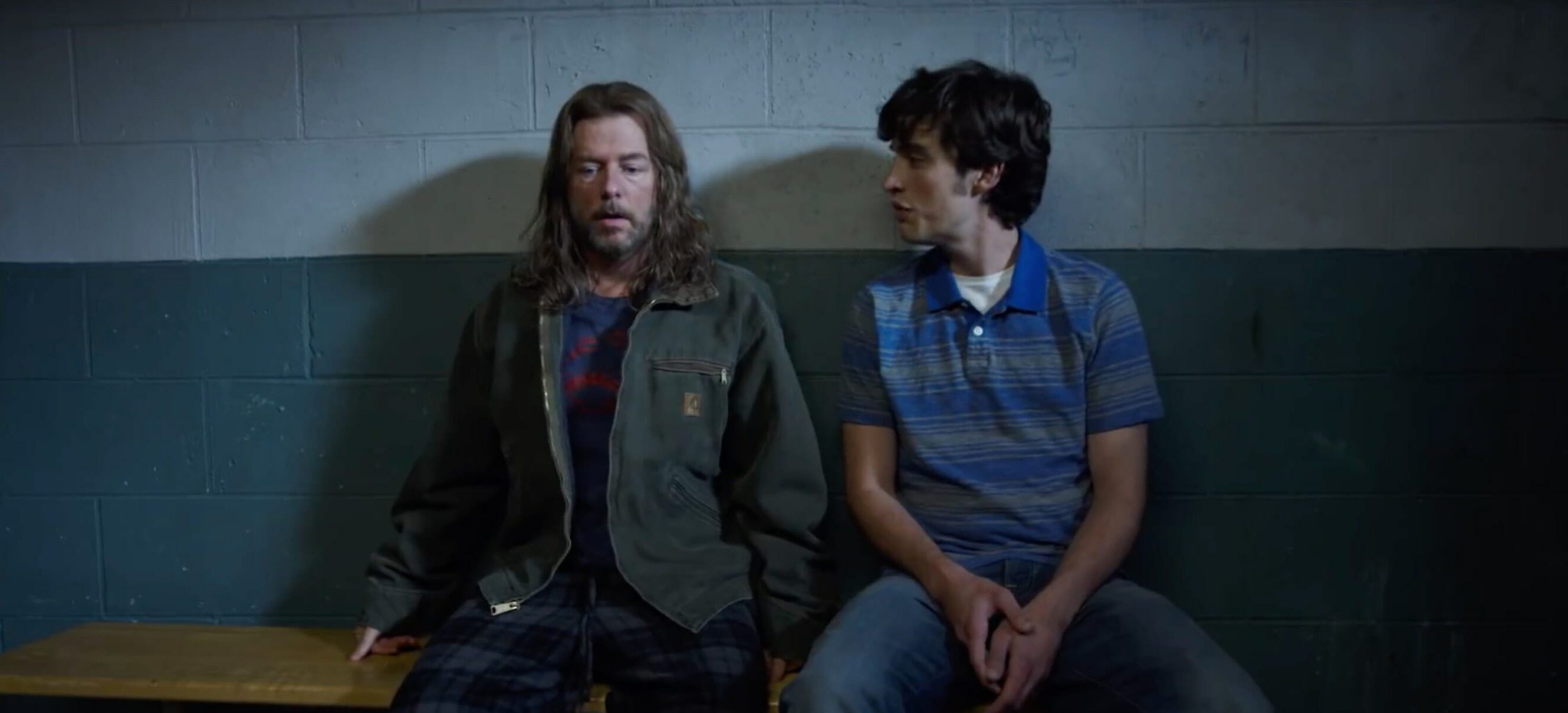
This comedy movie stars David Spade, Nat Faxon, Joey Bragg, and Matt Shively, directed by Tyler Spindel (Adam Sandler’s nephew). In the movie, we meet two college-going guys/friends who end up inadvertently pinning their dads against one another following a mere chit-chat about whose father would win in a fight. What follows is a string of incidents wherein relationships are compromised, among other serious stuff, and the guys come of age in a surreal manner as a result of fathers’ newly-revealed real identities. You can watch this movie right here.
15. Home Team (2022)

Directed by Daniel Kinnane and Charles Kinnane, ‘Home Team’ is a biographical sports drama showcasing the story of Sean Payton, New Orleans Saints head coach, who, after being suspended from the NFL for a year following the Bountygate scandal, returns to his hometown and decides to coach the Pop Warner 6-th grade football team that his 12-year-old son is a part of. In the endeavor, he also tries to reconnect with his son. It is this reconnection, underscored by a common love for sport, which the father-son movie shows. You can watch it here.
14. Hustle (2022)
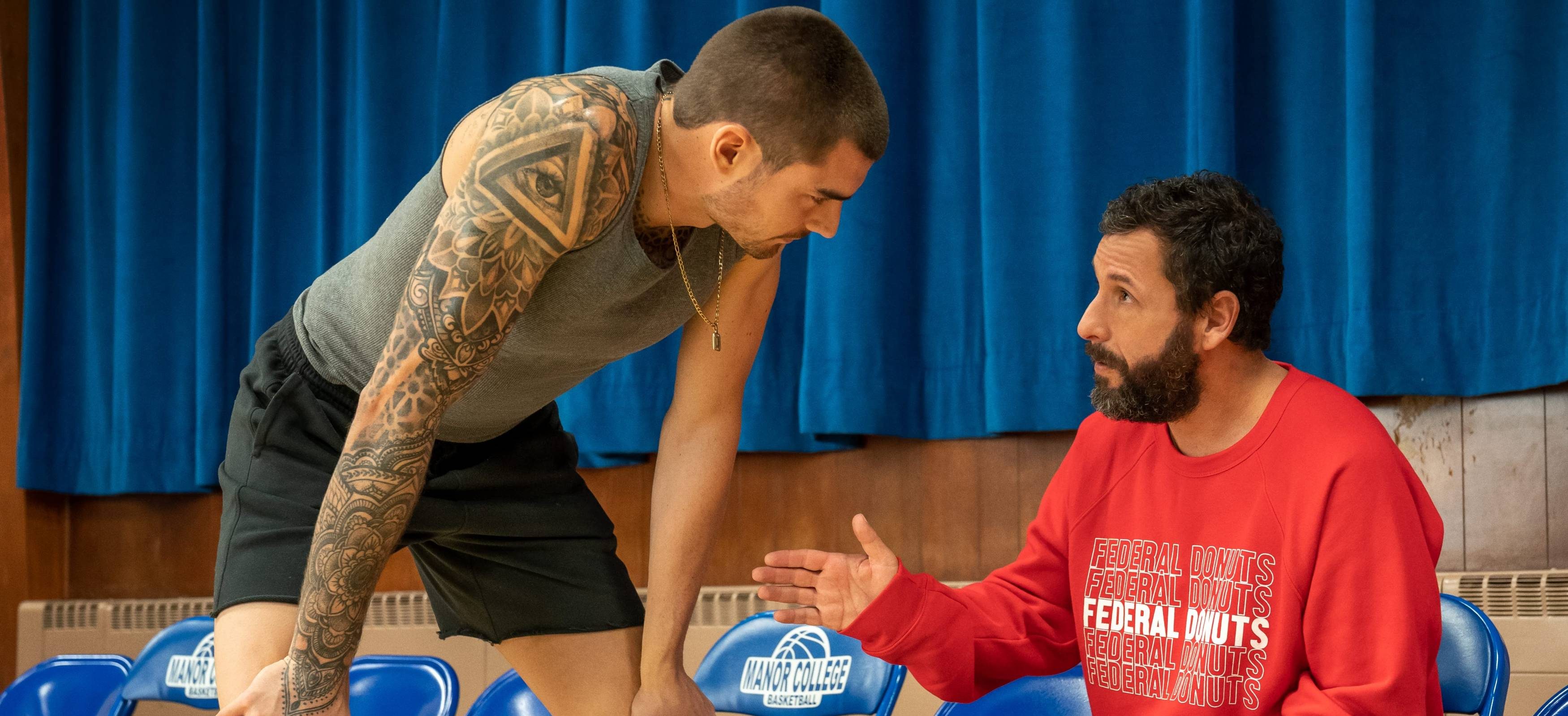
Starring Adam Sandler and Juancho Hernangomez, and directed by Jeremiah Zagar, ‘Hustle’ is a sports drama that follows an American basketball scout Stanley Sugerman looking for the next big player for the Philadelphia 76ers of the NBA. On the verge of losing hope and giving up, he comes across a guy from Spain. Bo Cruz loves basketball but has to support his family which consists of his mother and daughter. However, when Stanley plays the money card, Bo agrees. But getting drafted in the NBA is no small feat, especially with Sugerman’s bosses negating his newfound talent. Thus begins the hustle of both Bo and Sugerman to prove themselves together. The rest of the cast includes Queen Latifah, Ben Foster, and Robert Duvall. You can watch the film here.
13. The Adam Project (2022)
Image Credit: Doane Gregory/Netflix
” data-medium-file=”http://www.malawidiaspora.com/wp-content/uploads/2024/02/16-best-father-son-movies-on-netflix-feb-2024-3.jpg?w=300″ data-large-file=”http://www.malawidiaspora.com/wp-content/uploads/2024/02/16-best-father-son-movies-on-netflix-feb-2024-3.jpg?w=1024″ class=”size-full wp-image-522686″ src=”http://www.malawidiaspora.com/wp-content/uploads/2024/02/16-best-father-son-movies-on-netflix-feb-2024-3.jpg” alt width=”1024″ height=”522″ srcset=”http://www.malawidiaspora.com/wp-content/uploads/2024/02/16-best-father-son-movies-on-netflix-feb-2024-3.jpg 1200w, http://www.malawidiaspora.com/wp-content/uploads/2024/02/16-best-father-son-movies-on-netflix-feb-2024-3.jpg?resize=200,102 200w, http://www.malawidiaspora.com/wp-content/uploads/2024/02/16-best-father-son-movies-on-netflix-feb-2024-3.jpg?resize=300,153 300w, http://www.malawidiaspora.com/wp-content/uploads/2024/02/16-best-father-son-movies-on-netflix-feb-2024-3.jpg?resize=768,392 768w, http://www.malawidiaspora.com/wp-content/uploads/2024/02/16-best-father-son-movies-on-netflix-feb-2024-3.jpg?resize=1024,522 1024w, http://www.malawidiaspora.com/wp-content/uploads/2024/02/16-best-father-son-movies-on-netflix-feb-2024-3.jpg?resize=370,189 370w, http://www.malawidiaspora.com/wp-content/uploads/2024/02/16-best-father-son-movies-on-netflix-feb-2024-3.jpg?resize=270,138 270w, http://www.malawidiaspora.com/wp-content/uploads/2024/02/16-best-father-son-movies-on-netflix-feb-2024-3.jpg?resize=570,291 570w, http://www.malawidiaspora.com/wp-content/uploads/2024/02/16-best-father-son-movies-on-netflix-feb-2024-3.jpg?resize=740,377 740w” sizes=”(max-width: 1024px) 100vw, 1024px”>
Directed by Shawn Levy, this sci-fi action flick stars Ryan Reynolds, Walker Scobell, Mark Ruffalo, Jennifer Garner, and Zoe Saldana. A fun-to-watch drama, it shows a 12-year-old, Adam Reed, living in the present (2022) and grieving the death of his father and his future self from 2050. They meet in the present and travel to the past to save their father and the world. In the endeavor, both mutually learn to cope with their father’s demise. What makes for the fun is that the two Adams don’t really like each other despite being the same self, leaving no stone unturned to take a dig at each other in signature Ryan Reynolds-style. The film does a rather good job of addressing the father-son dynamic while offering some great action sequences. You can stream the film here.
12. Dog Gone (2023)

This Stephen Herek directorial uses an effective means to showcase the strength of a father-son dynamic, a missing dog. Based on a true story that occurred in 1998, ‘Dog Gone’ shows Fielding Marshall and his father, John, set off on a journey to find Fielding’s beloved companion, Gonker, a yellow Labrador retriever, who bolted while he and Fielding were hiking along the Appalachian Trail. There is also a catch, which is that Gonker, who has Addison’s disease, is two weeks away from his next medication. The father-son duo’s race against time to find Gonker within 14 days is what the film showcases and does so brilliantly by showing how the quest also brings the duo closer, repairing their estranged relationship. You can stream the film here.
11. Father Soldier Son (2020)
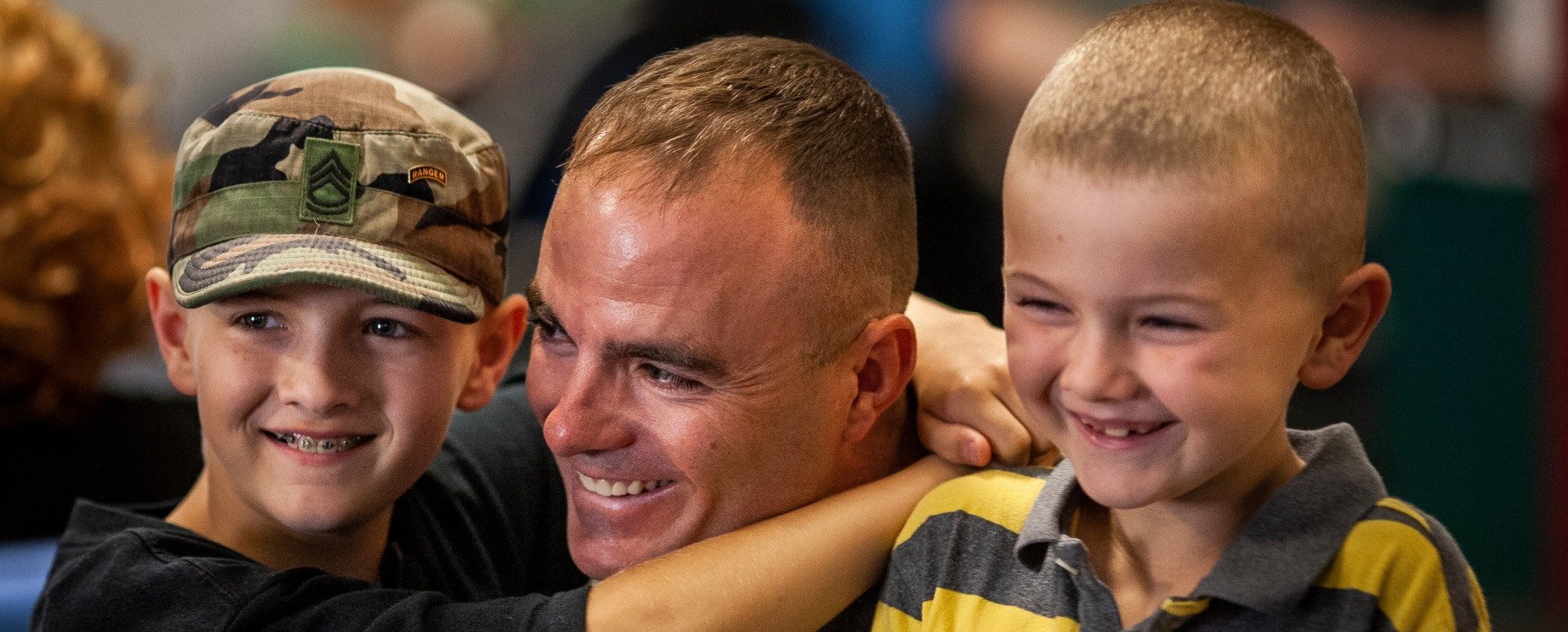
Directed by Leslye Davis and Catrin Einhorn, this is a documentary film showcasing single father/U.S. Army Sergeant 1st Class Brian Eisch, his deployment, and how it affected his family life, especially his relationship with his two sons, Isaac and Joey. How he copes with the fear of wartime experiences taking a toll on his mind that might affect his loving relationship with his sons is the base on which this film builds itself. A moving experience; you can stream ‘Father Soldier Son’ here.
10. Animal (2023)
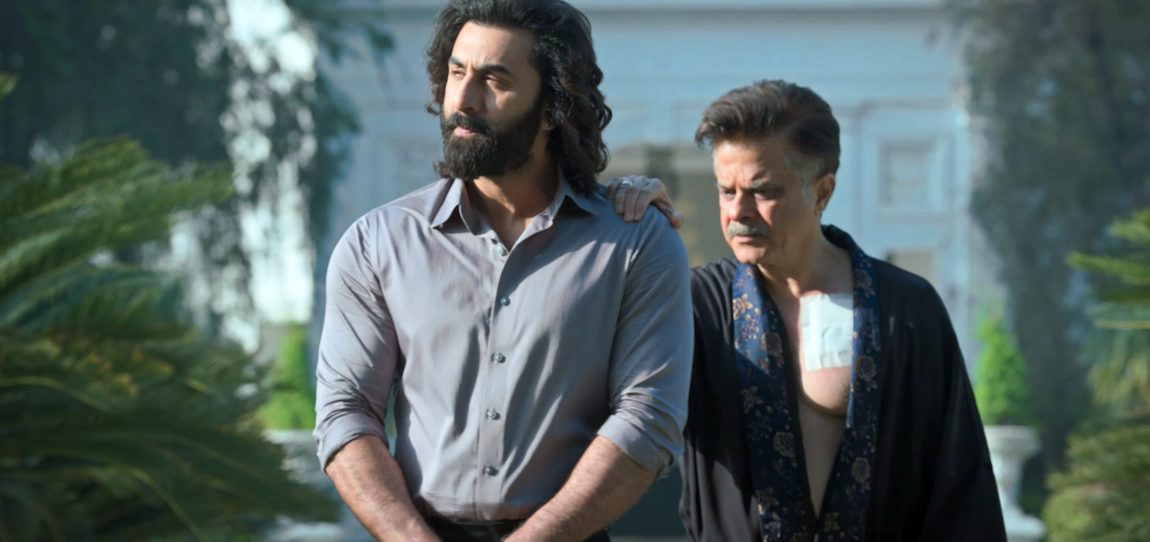
Directed by Sandeep Reddy Vanga, this Indian Hindi language drama stars Ranbir Kapoor, Anil Kapoor, Rashmika Mandanna, Tripti Dimri and Bobby Deol. The film follows Ranvijay “Vijay” Singh (Ranbir Kapoor) who is the son of wealthy and powerful business tycoon Balbir Singh (Anil Kapoor). After a failed assassination attempt on Balbir who ends up the hospital due to multiple gunshot wounds, Vijay vows revenge on the culprits. His act of revenge is underscored by his complex love-hate relationship with his father that adds to his “animal” nature. A film that garnered a lot of controversy due to its take on toxic masculinity and its treatment of women, ‘Animal’ is yet a powerful film with brilliant performances, especially by Ranbir Kapoor as Vijay. You can watch the film here.
9. The Son (2022)

Directed by Florian Zeller, this family drama stars Hugh Jackman, Zen McGrath, Laura Dern, Vanessa Kirby, and Anthony Hopkins. ‘The Son’ showcases a complex father-son case wherein Peter, in his second marriage, has to take care of his 17-year-old son Nicholas, from his first marriage, after he drops out of school. Peter’s childhood trauma made him a bad father to Nicholas. However, Peter is now ready to take him in and provide him with the help he needs to come out of the depression and anxiety, part of which is a result of Peter leaving his mother. Will Peter be successful in helping his son? To find out, you can stream the film here.
8. The Legacy of a Whitetail Deer Hunter (2018)
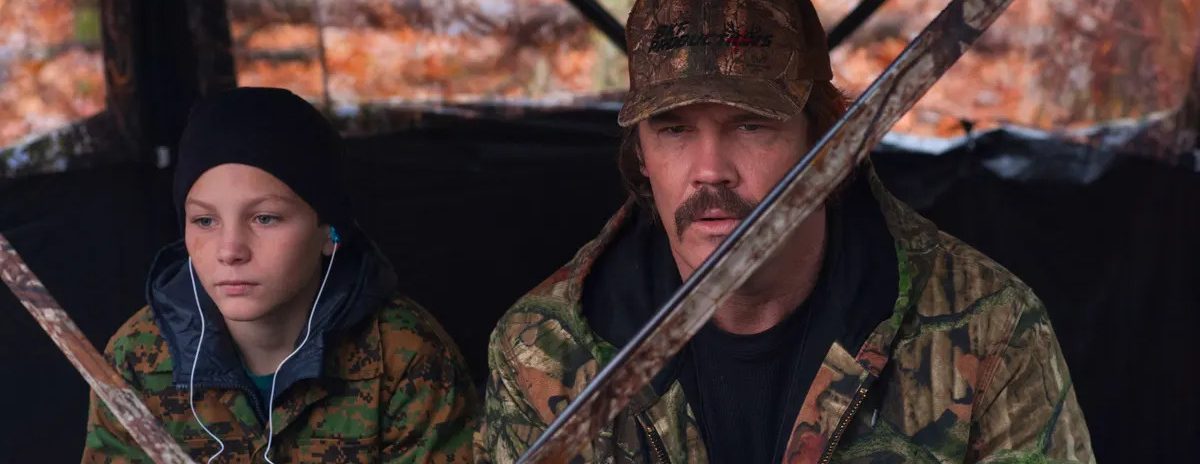
This Jody Hill directorial stars Josh Brolin, Montana Jordan, and Danny McBride and showcases a rite of passage as old as time itself (words borrowed from the film). The film entails famous hunter Buck Ferguson, who decides to take his son Jaden, who now lives with his mother (Buck’s ex-wife) and soon-to-be-stepdad Greg, on a hunting trip to reconnect with him. While the film is a comedy-drama, we get to see a nature-loving father figuring out a way to impress his estranged son, who doesn’t hate him but doesn’t care about him either. And the way the film uses nature as the base of operations is very effective when addressing such an organic bond. You can stream the film here.
7. Jersey (2022)

This is a gripping Indian Hindi-language film starring Shahid Kapoor, Mrunal Thakur, and Ronit Kamra and directed by Gowtam Tinnanuri. The film is a remake of the Telugu film of the same title. It tells the story of Arjun Talwar, a father who is a former batsman suspended for bribery, and how he tries to get back to the sport at an age when most cricketers retire, 36. The main force behind his objective is to get his son Ketan a jersey of the Indian Cricket Team that the kid wanted on his birthday.
The father’s struggle, guilt, and pain that is further propelled by a son for whom he cannot get a birthday gift and a wife, Vidya, who is working hard to make ends meet for her family while keeping up with his irresponsible attitude, is showcased in the film. What we also get to see is the loving relationship of the son and the father that is exclusive of the pains of the father’s daily life. When he is with his son, he is the happiest. To see whether Arjun can play and get his son the gift, you can stream the film here.
6. Concrete Cowboy (2020)
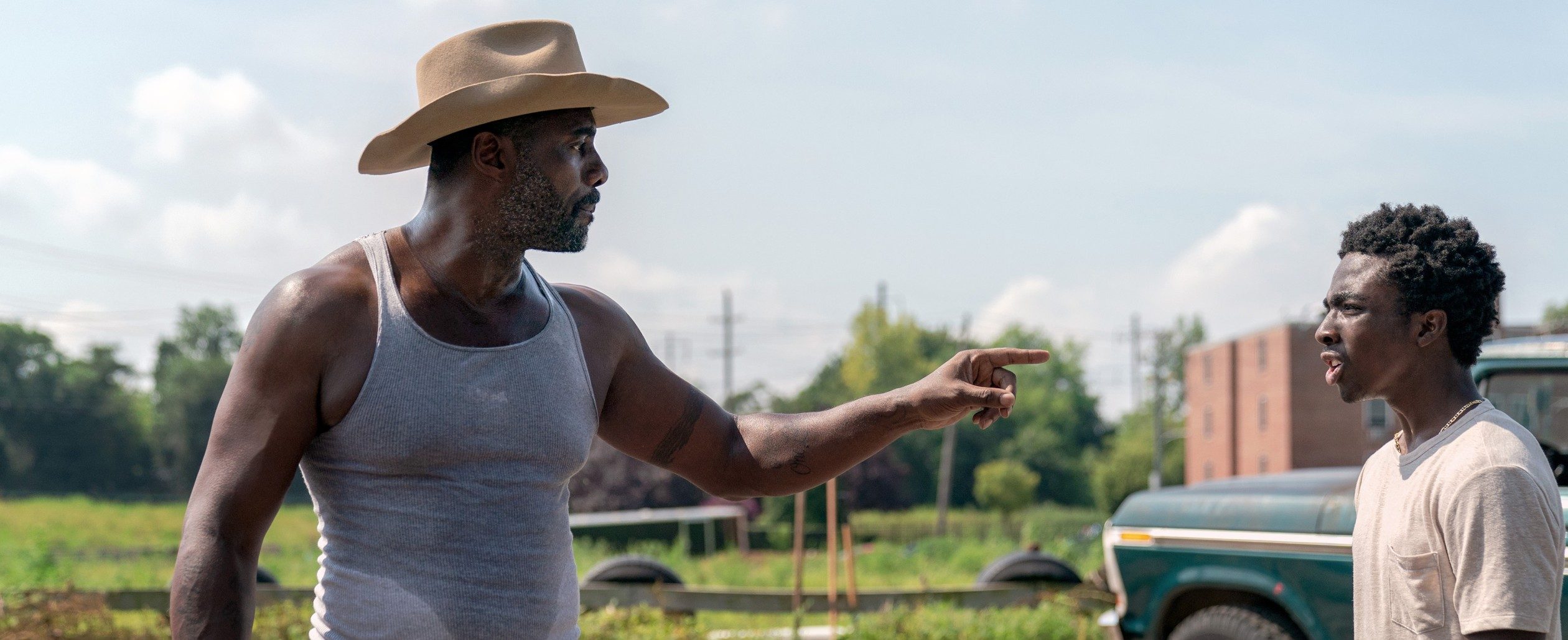
Directed by Ricky Staub, ‘Concrete Cowboy’ is set against the backdrop of Philadelphia’s African-American horse-riding culture. It shows the strained relationship between cowboy Harp (Idris Elba) and his fifteen-year-old son, Cole (Caleb McLaughlin), whom his mother has sent to his estranged father to spend the summer with. Cole arrives at a completely different landscape ridden with hardships that are customary in a stable and, more so, a cowboy community. How the father and son get along by overcoming their differences is showcased nicely in an organic environment that is underscored by horses that are symbols of strength, courage, competitiveness, confidence, and nobility, which is a great way to address the titular dynamic. You can check out the film right here.
5. Serious Men (2020)
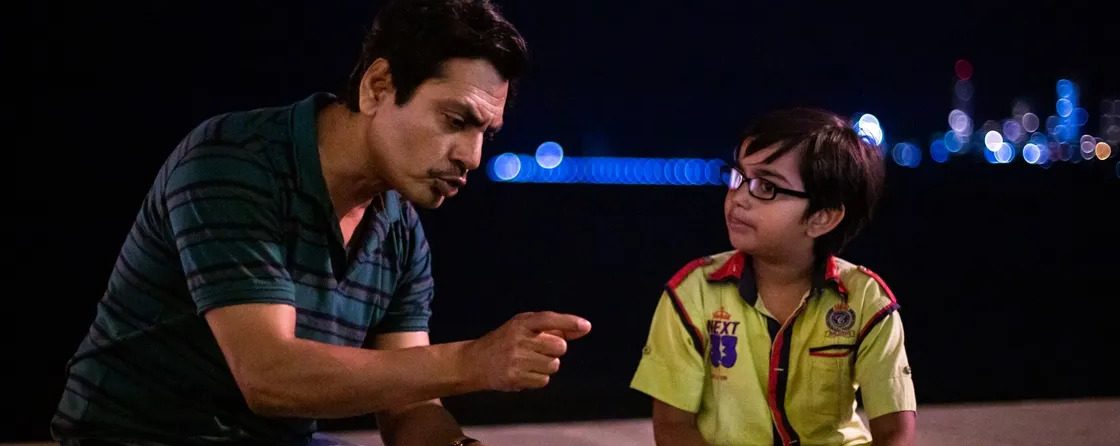
The second Indian Hindi-language film in this list, ‘Serious Men’ has been directed by Sudhir Mishra and stars Nawazuddin Siddiqui, Aakshath Das, Indira Tiwari and Shweta Basu Prasad. It revolves around an underprivileged man named Ayyan, who is an astronomer’s assistant, and his ten-year-old son Adi. Enraged with being unable to achieve anything in life, Ayyan plots a con by posing his son as a science prodigy by using a Bluetooth hearing device. Basically, Adi will convey to a crowd what Ayyan will tell him via the device. Ayyan’s plan works as Adi becomes a local celebrity, but when the former is offered a big sum of money by a politician, to which he says yes, trouble ensues. By showing how Ayyan makes use of Adi to fulfill his own dream, the film addresses how parents often put the weight of their own ambitions on the weak shoulders of their children while showcasing the father-son dynamic. A must-watch film; you can stream it here.
4. Udaan (2010)
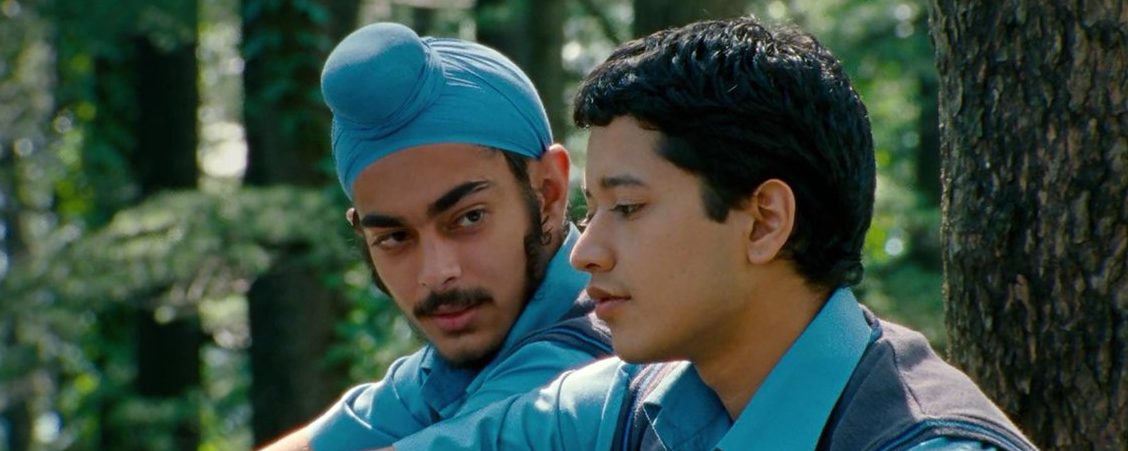
Directed by Vikramaditya Motwane, ‘Udaan’ is a brilliant Indian Hindi-language film about a 16-year-old boy named Rohan Singh who aspires to be a writer. But after being expelled from his boarding school for eight long years, he returns home to his authoritarian and abusive father, Bhairav, who isn’t happy at all with him and forces him to work in their family business as well as pursue his studies in an engineering college after working hours. But unforeseen circumstances follow that only seem to make matters worse between Rohan and Bhairav. To find out whether there is any reconciliation between the father and son, you can stream the film here.
3. OMG 2 (2023)
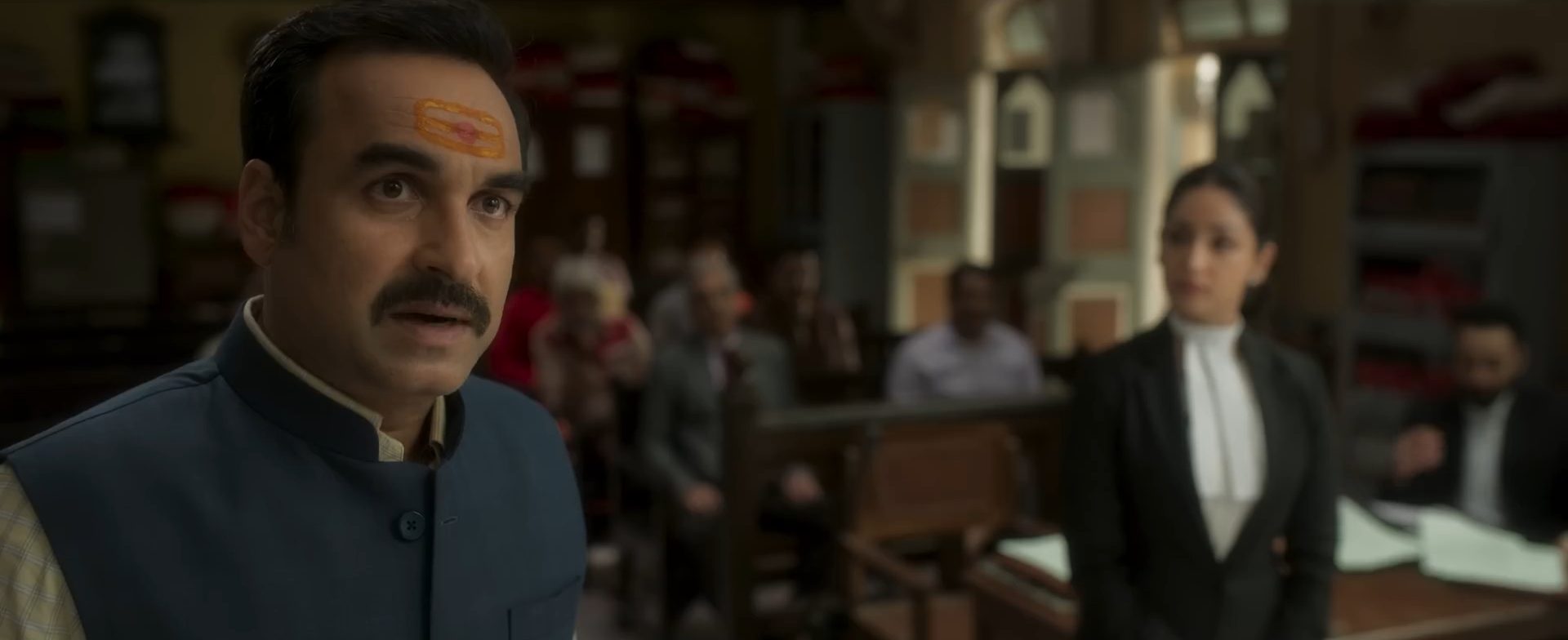
This Indian Hindi-language movie, directed by Amit Rai, is a standalone sequel to ‘OMG – Oh My God!’ (2012). ‘OMG 2’ shows an orthodox and religious father, Kanti Sharan Mudgal (Pankaj Tripathi), taking on his son’s school and society itself by fighting his son’s legal battle after the latter is expelled from school following a video of him masturbating in school goes viral. A commentary on sex that is a prevalent taboo in major parts of India and the importance of sex education, this film is a topic of discussion especially among Indian audiences, more so since it has an extended cameo from Lord Shiva himself, who sends his messenger to help his devotee. A treat to watch; you can stream ‘OMG 2’ here.
2. The Boy Who Harnessed the Wind (2019)
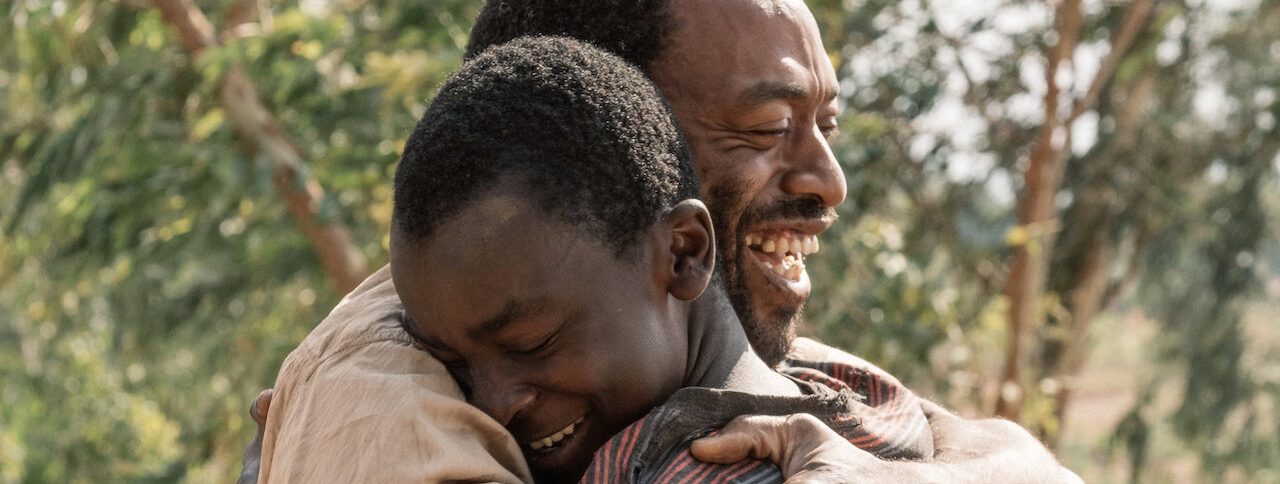
Directed by Chiwetel Ejiofor, who also stars in the film along with Maxwell Simba, Lily Banda, Philbert Falakeza, and Joseph Marcell, ‘The Boy Who Harnessed the Wind’ is based on the memoir of Malawian inventor/engineer/author William Kamkwamba. The movie tells the story of William whose knack for anything electronic ultimately allows him to build a windmill that brings water to his drought-affected village via its sole water pump. However, before he can do this, he endures a lot, including a fall-out with his father, who doesn’t let him utilize the family’s only asset, a bicycle, for the windmill’s parts. The film shows how the two come to a common ground while throwing light on the different perspectives of a son and a father. A beautiful film and a must-watch father-son flick; you can stream it here.
1. Sr. (2022)
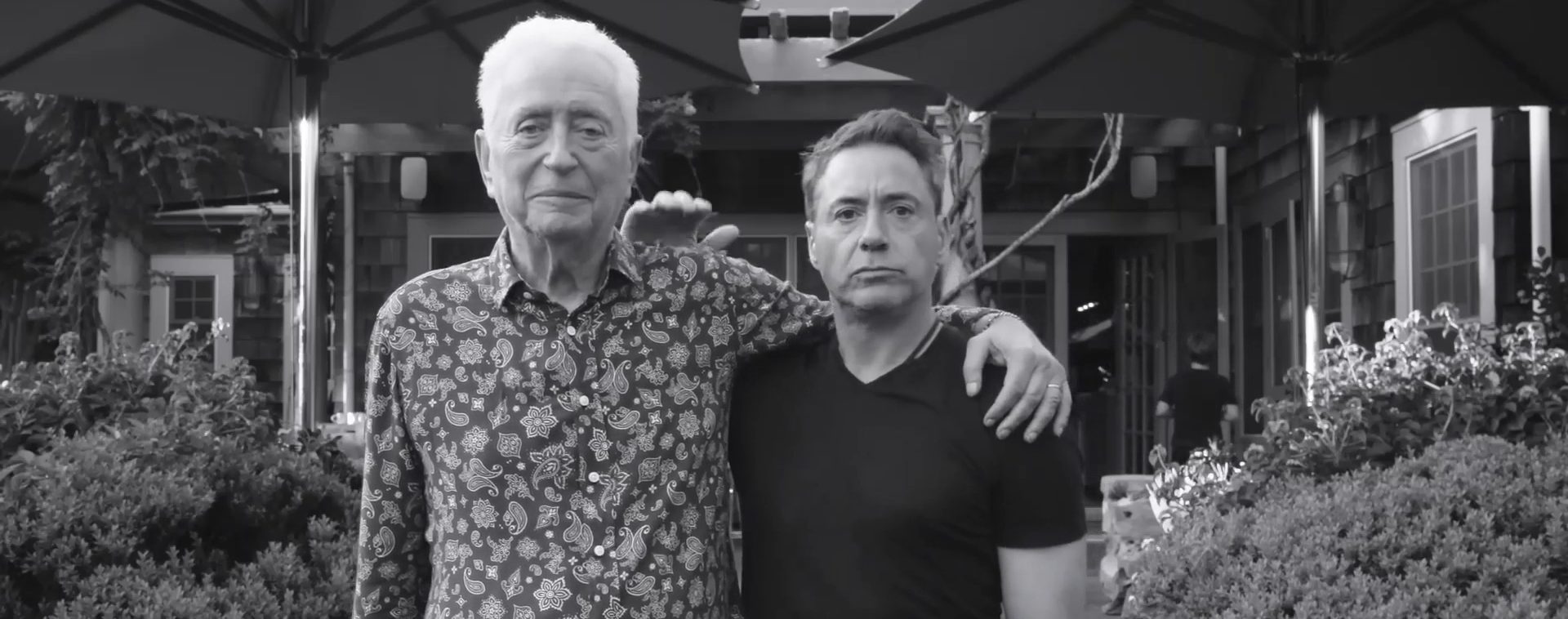
Directed by Chris Smith, ‘Sr.’ is a documentary film that offers an in-depth view of one of the globe’s most popular actors’ relationship with his father as well as their careers. We are talking about Robert Downey Jr. and his father, the late Robert Downey Sr. How the two affected each other’s lives and shaped one another, as is shone in black-and-white, further adds to the organic nature of the film. You can stream it here.
Read More: Best Mom Daughter Movies on Netflix

